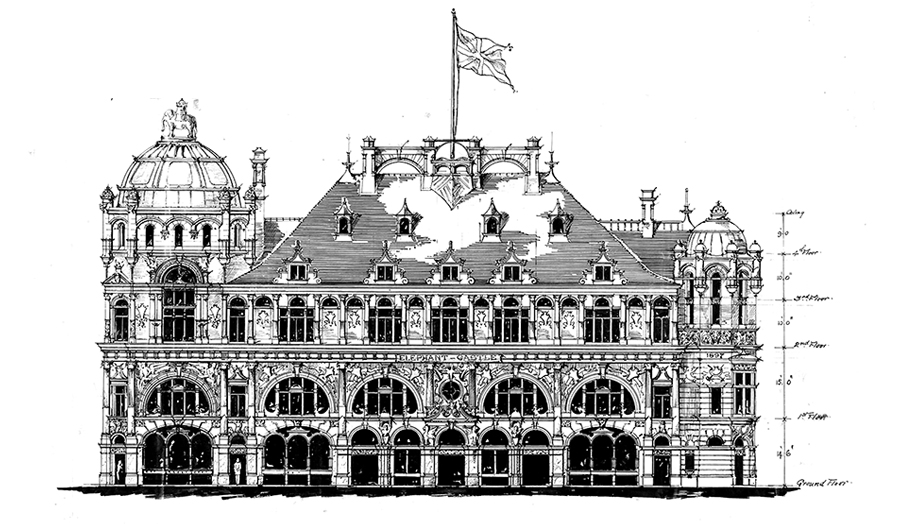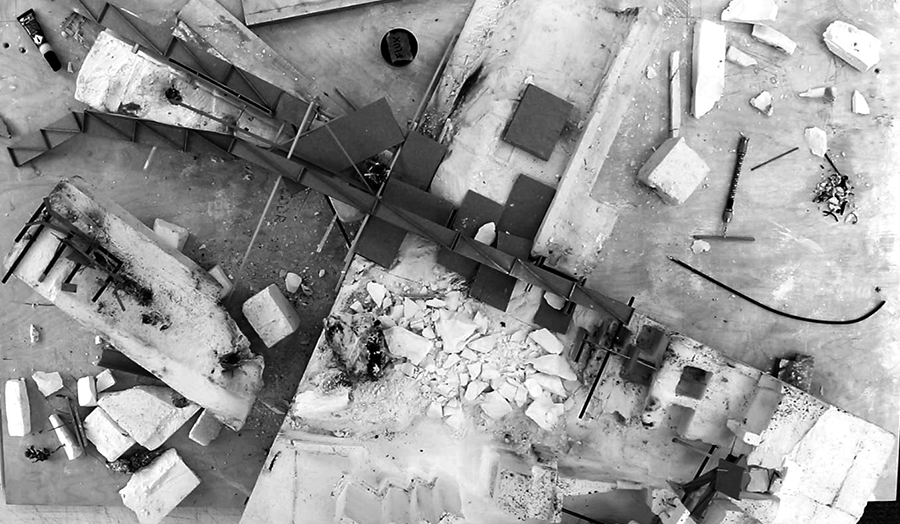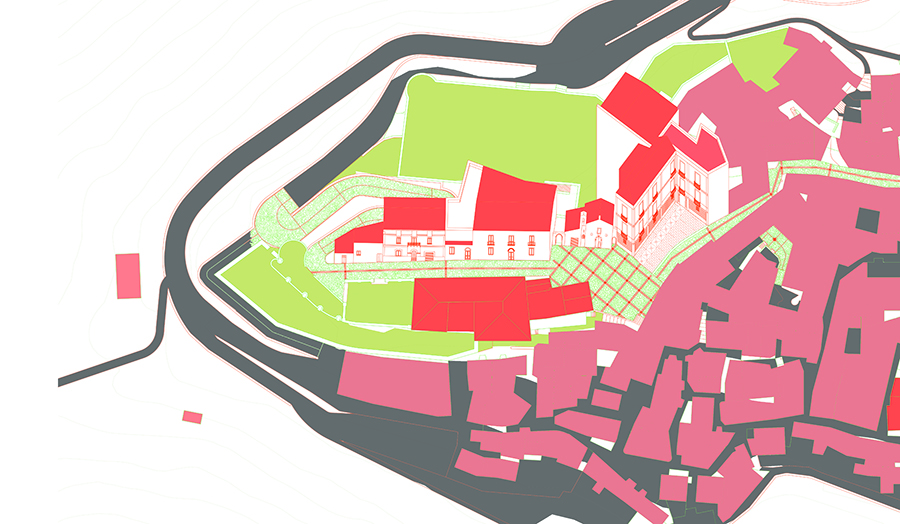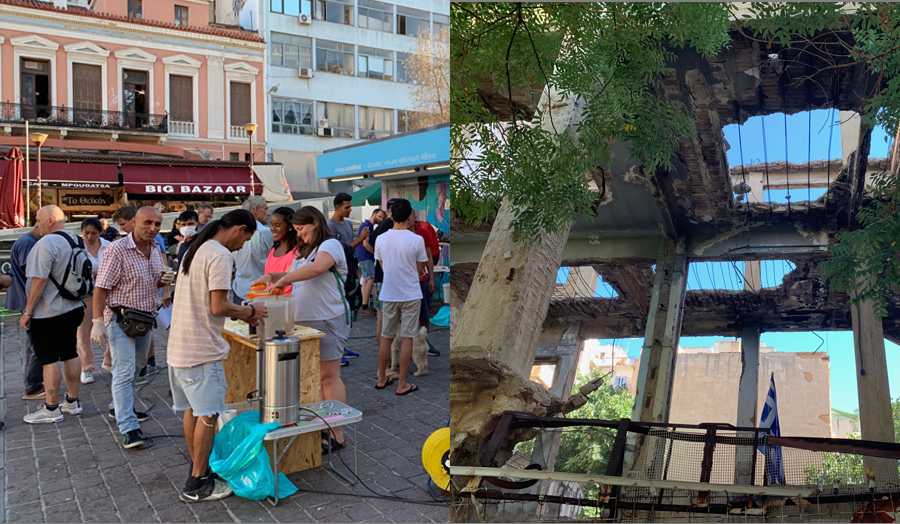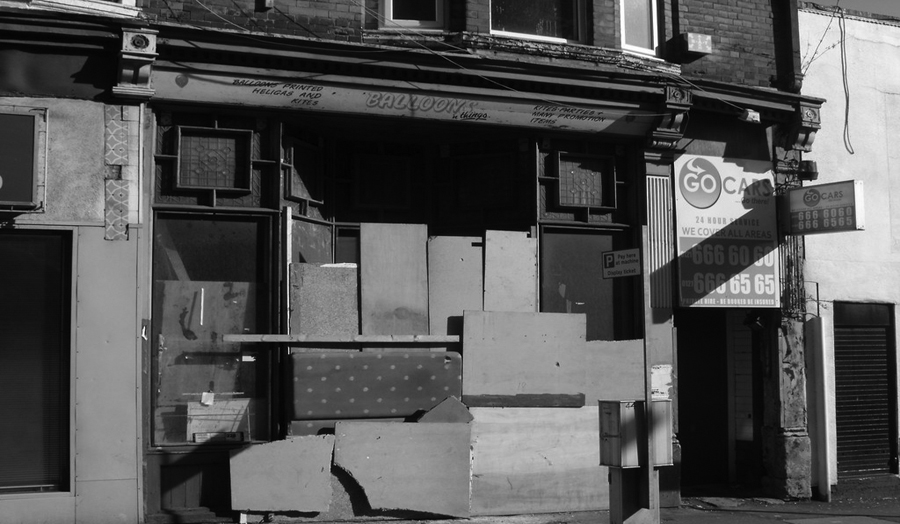Studio brief
Studio 4 will consider notions of settlement and neighbourhood on the Becontree Estate, east London. Contemplating the idea of the Garden City as a juxtaposition of urbanism and wilderness, as opposed to a city of gardens (suburbia), we are interested in how to augment a sense of the civic in the context of the post-industrial hinterland.
The Becontree Estate, hailed in the tenant’s handbook of 1933 as the largest municipal housing estate in the world, was described by the London County Council as a "township more or less complete in itself". Realised without a defined civic centre, what today constitutes a neighbourhood and provides a sense of place is rooted in local narrative and oral history, a tacit identity informed by lost refreshment houses, absent department stores and long-forgotten country lanes.
We will begin with a study of the myriad of routes and thoroughfares on the estate and the vernacular of its housing types to catalogue the characteristics of buildings and urban situations. Concerning ourselves with the dialogue between building and street, we will observe and record how parades, corners and gables make gestures and form markers to break the monotony of the suburban sprawl. Considering the Garden City as a means of exploring the dualism between nature and artifice, we will investigate how ecology and constructed markers can enable neighbourhoods to stake a claim to vacant lots and edgelands on the Becontree.
Tracing patterns of ancient field boundaries we will examine how the marshland levels of the former estate of Barking Abbey were redefined by the establishment of Manor Houses and the designation of Common Land. Through understanding both the historical and contemporary context you will define and design a Common House – a building with a public presence to support an existing neighbourhood and strengthen its identity.
Engaging with Barking and Dagenham Council we will contribute to wider ethnographic research and community initiatives. In collaboration with Unit 14 and the ‘public room’ they have established in the borough, we will explore how conversation and agency can play a role in shaping cultural policy. The potential for debate, exhibition and construction will be on the agenda in the lead up to the centenary of the Becontree Estate in 2021.
Our field trip will be to the Ruhrgebiet in Germany where we will discover how the social manifesto of the Garden City became a dialogue between Britain and continental Europe. We will also study the relationship between Expressionism and the more familiar Arts and Crafts tradition as social architecture with a civic presence.
Image: Becontree Estate, Egbert Smart (1968)
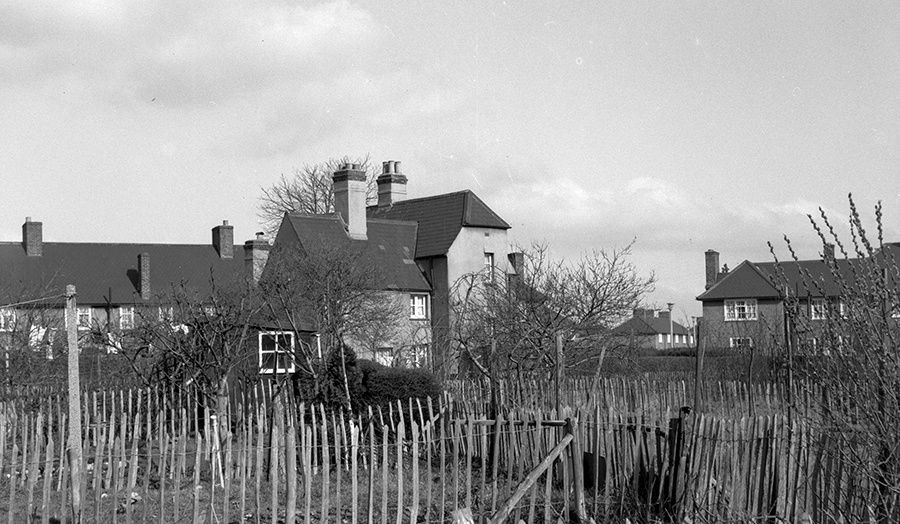
Details
| Course | |
|---|---|
| Tutors | Anna Ludwig Rufus Willis |
| Where | Goulston Street Room GS2-31 |
| When | Tuesday and Friday |

